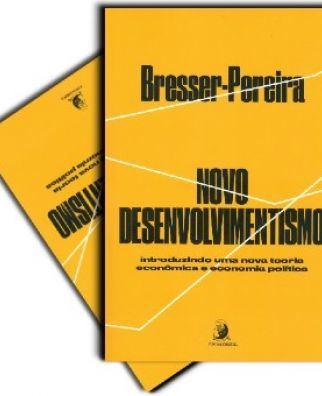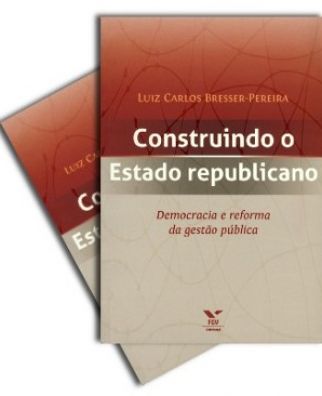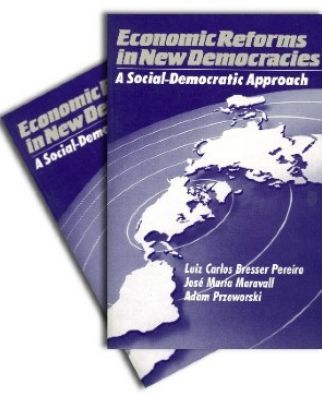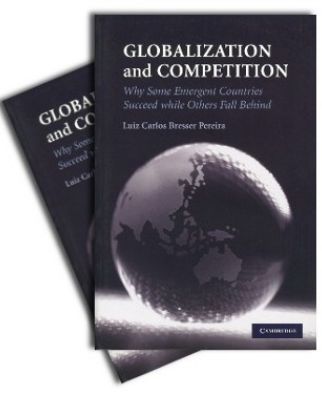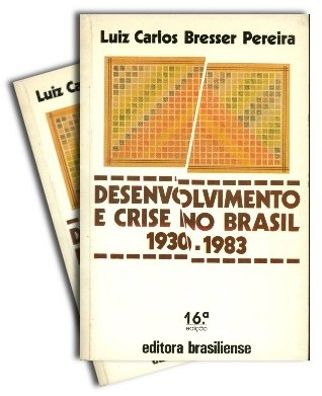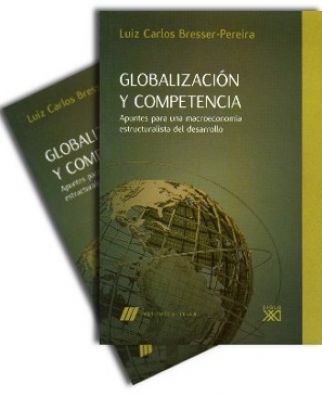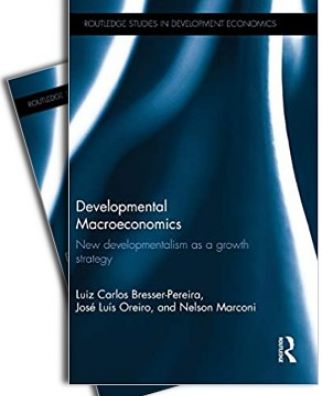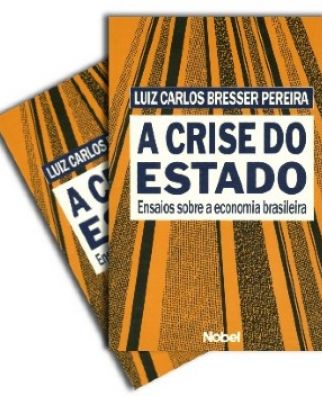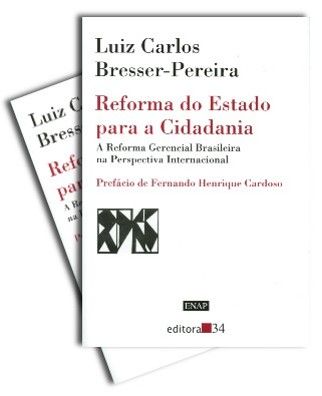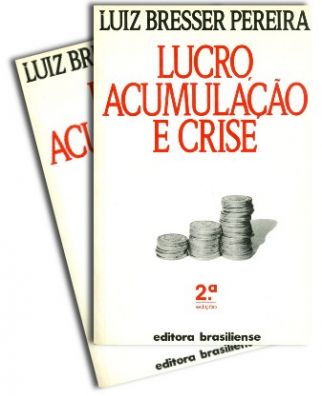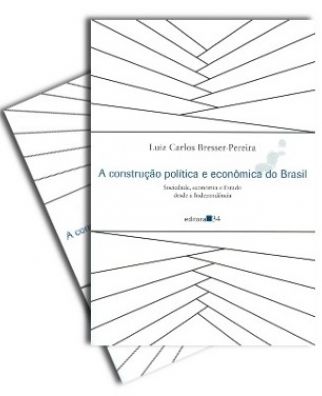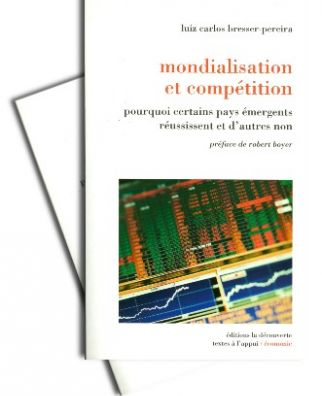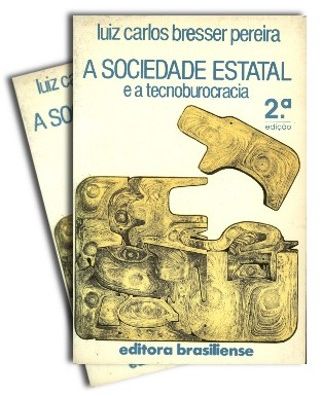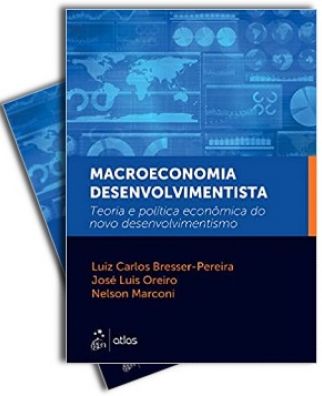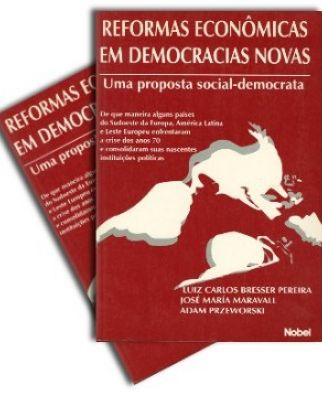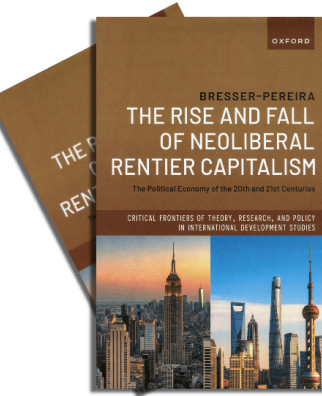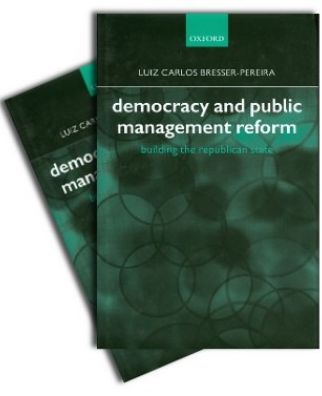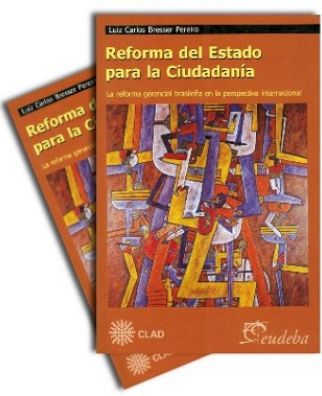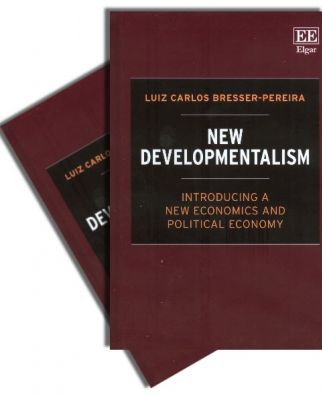1977. The transition to democracy and, gradually, to socialism predicted on the basis of the rupture of the alliance of the bourgeoisie with the military technobureaucracy. (Paper: Contexto).
OTHER TYPES OF WORKS
ACADEMIC PAPERS
1977 [1980]. To the emergence of the new middle class - the technobureaucratic or professional middle class - corresponds a new relation of production, the organization, and a new mode of production: the technobureaucratic or state mode of production. Portuguese version available.(Paper: LHomme et Société)
1977. o the emergence of the new middle class - the technobureaucratic or professional middle class - corresponds a new relation of production, the organization, and a new mode of production: the technobureaucratic or state mode of production. French version available. (Paper: Estudos CEBRAP)
1975. The basic characteristics of growth model that prevailed during the military regime: the technobureaucratic-capitalist model of industrialized underdevelopment. In macroeconomic terms it was based on the supply side on the production of luxury goods, on the demand side, on concentration of income from the middle-class upwards. French version available(
1975. The basic characteristics of growth model that prevailed during the military regime: the technobureaucratic-capitalist model of industrialized underdevelopment. In macroeconomic terms, on the supply side, it was based on the production of luxury goods; on the demand side, on the concentration of income from the middle-class upwards. Portuguese version available.
1975. A survey of Kaldor's growth and distribution model. (Paper em Revista Brasileira de Economia)
1975. The Harrod-Domar model of growth is consistent with factor substitubility provided that a coefficient of substitution of capital for labor is added. This formalization is done here.(Paper em Estudos Econômicos)
1974 [1991]. A survey of the theory of the decision to invest and a critique of the neoclassical emphasis on the interests or on the normal profits. Investments, as the classical economists knew, depend essentially on profit expectations substantially higher than the interst rate. Variations in the expected profit rate are more important in explaining capital accumulation than variations in the interest rate. It elaborates "A decisião de investir, os lucros e os juros". (Paper: Texto para Discussão FGV Economia)
1974. The "new development model" begins in Brazil in the late 1960s, and later I called "modelo de subdesenvolvimento industrializado". Contrarily to what Celso Furtado predicted, income concetration benefiting the middle classes was behind the resumption of growth as it made aggregate demand consistent with the production of luxury consumption goods by multinationals. Portuguese and English versions available. This paper elaborates on the 1970 article, "Dividir ou multiplicar: A distribuição da renda e a recuperação da economia brasileira".(Paper: Revista Dados)
(Paper: Desarrollo Economico)
1973. The "new development model" begins in Brazil in the late 1960s, and later I called "modelo de subdesenvolvimento industrializado". Contrarily to what Celso Furtado predicted, income concetration benefiting the middle classes was behind the resumption of growth as it made aggregate demand consistent with the production of luxury consumption goods by multinationals. Spanish and English versions available. This paper elaborates on the 1970 article, "Dividir ou multiplicar: A distribuição da renda e a recuperação da economia brasileira". (Paper: Revista Dados)
1973. Paper
1970. It corresponds to "Dividir ou multiplicar?" (1970). It claims that the Brazilian "economic miracle" (1968-1973) signaled a new, export oriented, model of development that made consistent aggregate demand and supply of luxury goods by concentrating income from the middle class upwards. (Chapter 7 of Development and Crisis in Brazil: 1930-1983)
1970. My first analysis of the "new development model" that begins in Brazil in the late 1960s. Contrarily to what Furtado predicted, income concetration benefiting the middle classes was behind the resumption of growth as it made aggregate demand consistent with the production of luxury consumption goods by multinationals. "O novo modelo de desenvolvimento" (1973) elaborates on this paper. (Paper: Visão)
1970. Adopting a classical perspective, this paper argues that variations in the expected profit rate and the corresponding shifts of the marginal efficiency of capital curve are more important in explaining investments than variations in the interest rate. I further developed this analysis in "Acumulação de capital, lucros e juros". (Paper: Texto para Discussão)
1970. The reduction of the profit margin will only compensate if sales increase more than proportionally. (Paper: Revista de Administração de Empresas).
1968. The student revolution will transform the capitalist society. It is a middle class, intellectual and utopian revolution. (Essay in Tecnoburocracia e Contestação)
1968 [1976]. A critique of microeconomics, and an analysis of the transition from classical to Keynesian macroeconomics.(Apostila FGV/SP, 42 pages)
1968. ISEB's political model based on the aliance of the national bourgeoisie with the workers and the bureaucrats was correct. Yet, historical new facts led to the collapse of the populist and national-developmentalist pact and to the political crisis of 1961-64. (Chapter 4 of Development and Crisis in Brazil).

